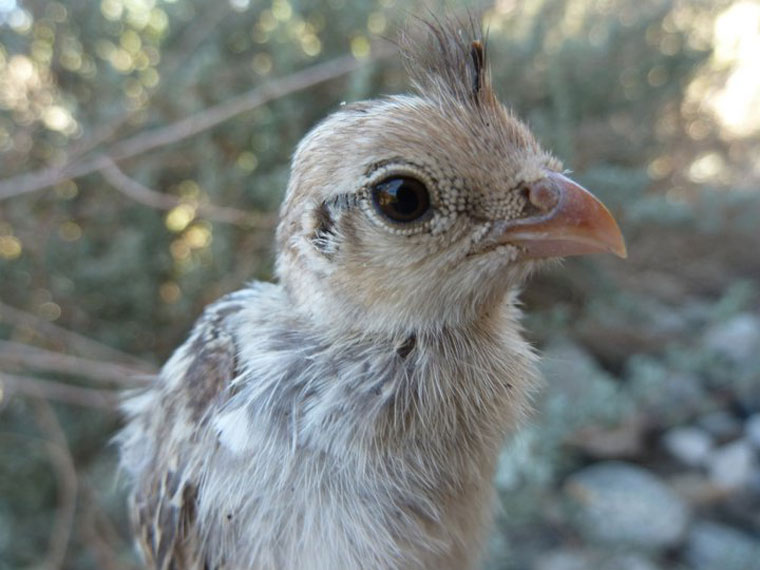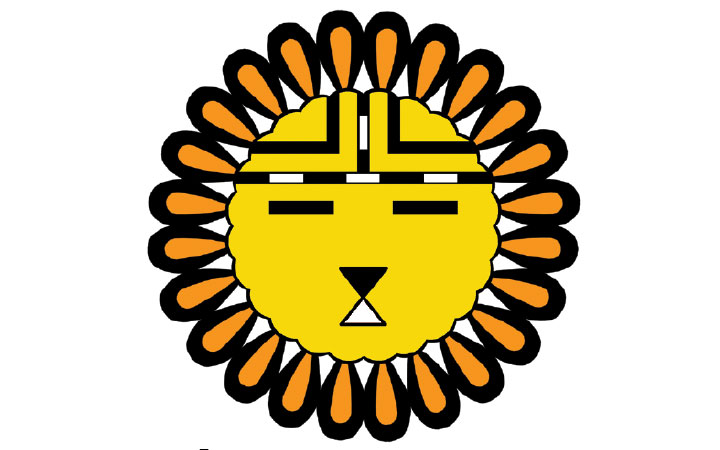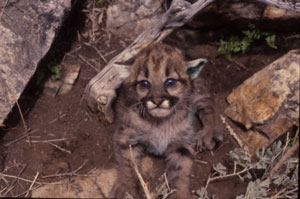
In our previous column we mentioned that springtime is a time of preparation for the season of abundance: summer. The emergence of insects and forbs prepares the Hill for the arrival of the next generation, the cute babies.
Well that time, the cute season, has arrived at the James. We are in the height of the season. Everything is blooming: elderberry trees, scarlet penstemon, agaves, yucca. Equally, in the animal world, we see a flurry of activity everywhere around the new arrivals. Parent birds are busily rushing back and forth to the nests to feed hungry mouths. Baby bunnies, squirrels, deer and foxes can be seen everywhere following their mothers or playing together at their burrows. The young of the year are soooo cute.
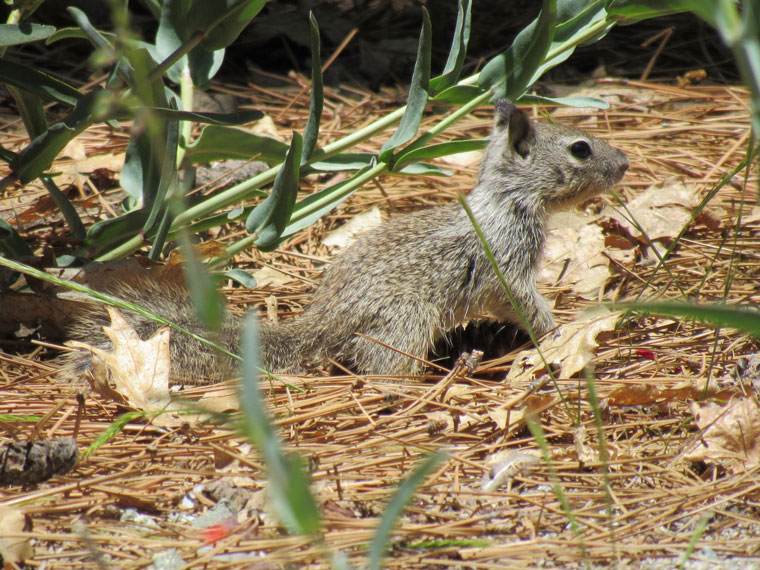
For most animals, this is indeed the season of promise, a new generation of young to grow the population. Each year takes its toll on all animal species. Death is a fact of life and without periodic replacement of lost members, a species would soon die out.
With the burst of births at this time of the year, populations become restored, revitalized; able to face another year and subsist.
Why do most animals choose late spring early summer to have their young? Why is this annual burst of life so universally synchronized with this specific time of the year? For the herbivores, the plant-eating ones, the timing of birth coincides with the new growth of plants. From insects to deer, this is the time of year when plant parts are the most tender and succulent, perfect for nurturing strong young bodies.
For the meat-eating animals, the carnivores, it is a time when there are a lot of young delicious herbivores around. Most song birds, even the seed-eating ones, will feed their young juicy, delicious, abundant caterpillars or insects born to eat tender new leaves. Hawks will feed their young the ample offspring of rodents born to take advantage of newly sprouted grasses and forbs.
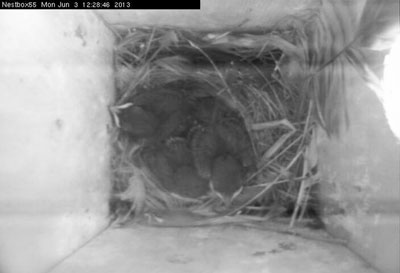
One reason so many young, plant-eating animals are born is to feed the young meat-eating ones. And so goes the cycle of nature.
But that’s the science behind it. For most of us, even hardened scientists like ourselves, it is just the cute season. It’s the time of year to see and enjoy the caricature-like faces and bodies of baby animals.
It’s the season to observe them as they grow in the nest, as you can by visiting our website (james.ucnrs.org) and clicking on the Automated Camera link on the right side. Watch them as gangly teenagers trying to keep up with their mothers and learn what to eat. Watch them as they, for the first time ever, explore the world.

The key word is that we must “watch” and remember that all these wildlife babies out there, no matter how cute and potentially huggable, are, after all, wild. To maintain that wildness and their chance of surviving after they are no longer cute, they must have the least direct contact with us.
So watch, take pictures, ooh and ah, enjoy, as much as you wish but for the sake of these cute babies, look but don’t touch. Even if they might appear abandoned, you can be sure there is a worried mother just out of sight waiting for you to leave so she can collect up her young and proceed with the business of living in the wild.



